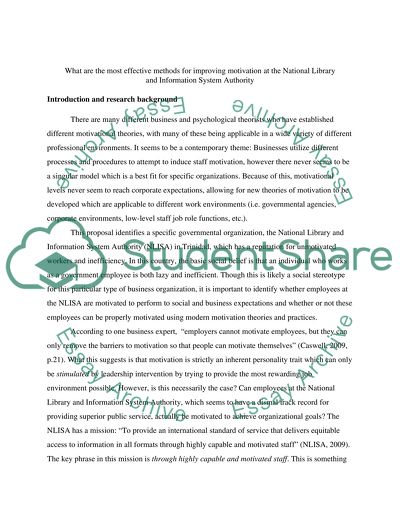Cite this document
(“The Most Effective Methods for Improving Employee Motivation Dissertation”, n.d.)
The Most Effective Methods for Improving Employee Motivation Dissertation. Retrieved from https://studentshare.org/human-resources/1554251-the-most-effective-methods-for-improving-employee-motivation
The Most Effective Methods for Improving Employee Motivation Dissertation. Retrieved from https://studentshare.org/human-resources/1554251-the-most-effective-methods-for-improving-employee-motivation
(The Most Effective Methods for Improving Employee Motivation Dissertation)
The Most Effective Methods for Improving Employee Motivation Dissertation. https://studentshare.org/human-resources/1554251-the-most-effective-methods-for-improving-employee-motivation.
The Most Effective Methods for Improving Employee Motivation Dissertation. https://studentshare.org/human-resources/1554251-the-most-effective-methods-for-improving-employee-motivation.
“The Most Effective Methods for Improving Employee Motivation Dissertation”, n.d. https://studentshare.org/human-resources/1554251-the-most-effective-methods-for-improving-employee-motivation.


